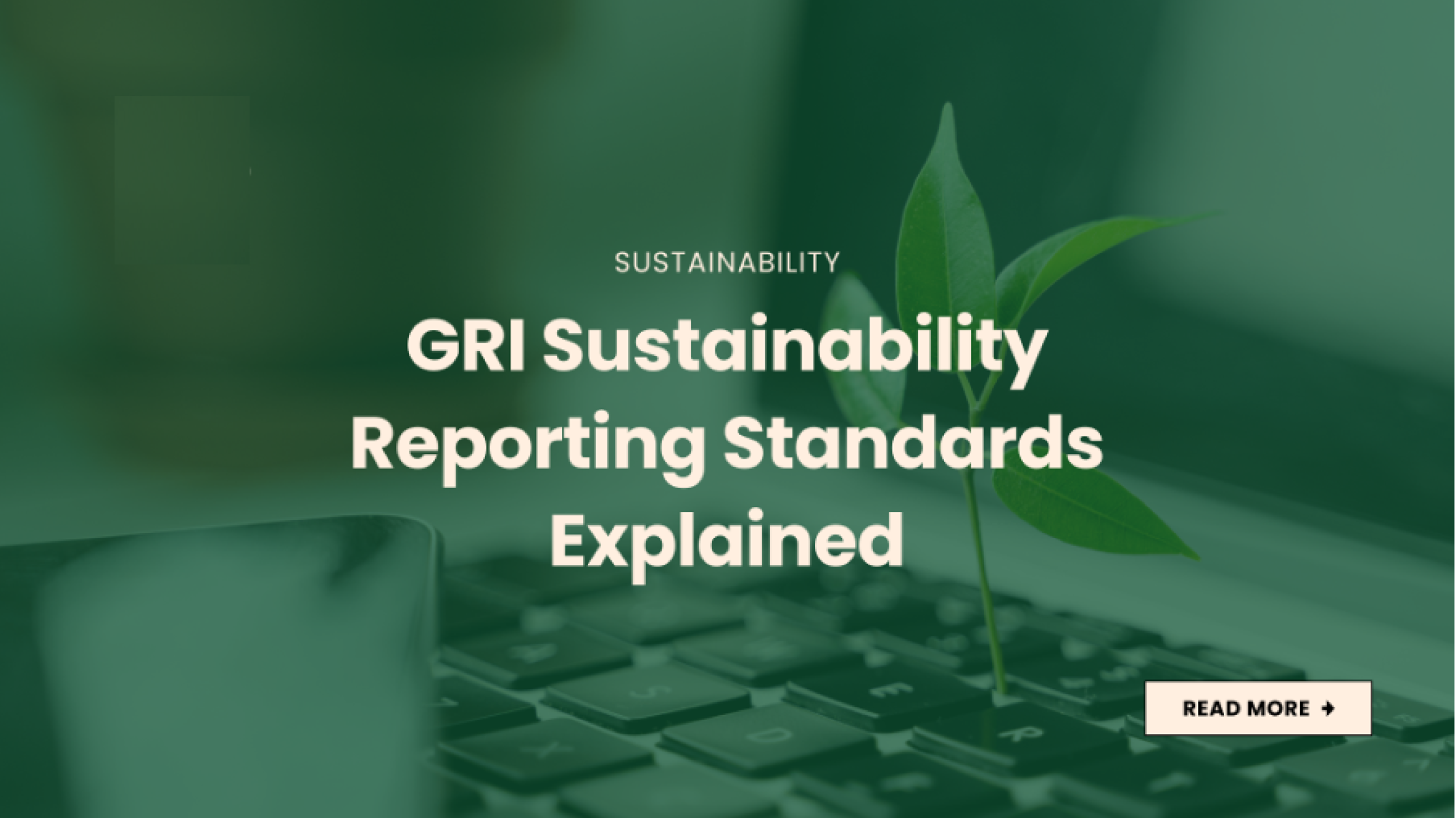In today’s business world, sustainability isn’t just a buzzword; it’s a strategic necessity. As climate change continues to dominate global discussions, businesses are under increasing pressure to adopt more sustainable practices and align with international environmental standards. One of the key tools enabling businesses to do this effectively is the Greenhouse Gas (GHG) Protocol. This framework helps companies measure and manage their greenhouse gas emissions, offering a structured way to align with global environmental policies like the Paris Agreement and other climate action goals.
This blog explores how businesses can leverage the GHG Protocol to align their strategies with global environmental policies and why this alignment is crucial for long-term success.
What is the GHG Protocol?
The GHG Protocol is a widely used framework for calculating, managing, and reducing greenhouse gas (GHG) emissions. Jointly developed by the World Resources Institute (WRI) and the World Business Council for Sustainable Development (WBCSD), it provides businesses with a structured methodology for measuring emissions across three key scopes:
- Scope 1: Direct emissions from company-owned or controlled resources, such as fuel combustion or company-operated vehicles.
- Scope 2: Indirect emissions from the consumption of purchased electricity, steam, heating, and cooling.
- Scope 3: All other indirect emissions across the company’s value chain, including transportation, waste disposal, and product life cycle.
By understanding emissions across these scopes, businesses can take a proactive approach to reducing their carbon footprint and aligning with international environmental expectations.
Why Aligning Business Strategies with Global Environmental Policies is Essential
Aligning with global environmental policies is not only a responsible choice but also a smart business decision. Governments are implementing more stringent regulations, investors are increasingly prioritising sustainability, and consumers are actively choosing environmentally conscious brands. Here are some reasons why aligning with global environmental policies is critical:
- Regulatory Compliance: With growing climate regulations worldwide, businesses must meet specific reporting and emissions reduction requirements. For example, the European Union has introduced the Corporate Sustainability Reporting Directive (CSRD), mandating transparent sustainability reporting.
- Investor Appeal: Environmental, Social, and Governance (ESG) criteria are becoming critical factors for investors. Businesses that show commitment to sustainability are more likely to attract investment from major funds such as BlackRock and Vanguard, which prioritise ESG-focused companies.
- Consumer Demand: The shift in consumer preferences towards eco-friendly products has never been more pronounced. Brands that prioritise sustainability not only retain customer loyalty but also attract a new generation of eco-conscious consumers.
- Competitive Edge: Sustainable practices can differentiate a company from its competitors. Businesses that demonstrate leadership in sustainability often enjoy enhanced brand reputation, which in turn can lead to increased market share.
How the GHG Protocol Helps Businesses Align with Environmental Policies
The GHG Protocol equips businesses with the tools to develop a comprehensive environmental strategy in line with global policies. Here’s how the protocol supports companies in their sustainability efforts:
1. Pinpointing Emission Sources
Through the GHG Protocol’s methodology, businesses can accurately track emissions across their operations (Scopes 1 and 2) and their value chain (Scope 3). This transparency enables companies to focus on the areas where they can make the most significant environmental improvements, aligning their practices with key climate goals like net-zero emissions by 2050.
2. Setting Realistic and Science-Based Targets
Once emissions are tracked, businesses can use the data to set reduction targets that are aligned with the Science-Based Targets initiative (SBTi). This initiative guides companies to set goals that are consistent with limiting global temperature rise to well below 2°C, in line with the Paris Agreement.
3. Building Trust through Transparency
Publicly disclosing emissions data demonstrates accountability and transparency, which are essential for building trust with stakeholders, regulators, and customers. The GHG Protocol encourages companies to share their data, helping them meet reporting frameworks such as the Task Force on Climate-related Financial Disclosures (TCFD).
4. Integrating Sustainability into the Core Business
Sustainability needs to be woven into every aspect of a business. The GHG Protocol allows companies to incorporate emissions tracking into their daily operations, influencing everything from supply chain decisions to product design and innovation. This not only helps meet regulatory requirements but also drives long-term sustainability.
A Real-World Example: Unilever’s Success with GHG Tracking
A great example of a business using the GHG Protocol to drive sustainability is Unilever. The multinational consumer goods company utilised the GHG Protocol to identify emission hotspots across its global operations and supply chain. By doing so, they set ambitious reduction targets to cut their environmental footprint in half by 2030. This commitment has strengthened Unilever’s reputation as a sustainability leader and resulted in significant cost savings through energy efficiency and innovation.
Benefits of Aligning with the GHG Protocol
Businesses that align with the GHG Protocol and broader environmental policies stand to benefit in multiple ways:
- Cost Reductions: Identifying and eliminating inefficiencies in resource use leads to cost savings, particularly in energy consumption and waste management.
- Improved Reputation: A commitment to sustainability builds trust with customers, investors, and other stakeholders, enhancing the company’s brand image.
- Risk Mitigation: Companies prepared for stricter climate regulations face fewer risks of non-compliance and are better equipped to navigate a future of tighter environmental policies.
Conclusion
The importance of aligning business strategies with global environmental policies cannot be overstated. By adopting the GHG Protocol, businesses can accurately track their emissions, meet regulatory demands, and strengthen their competitive edge in a world increasingly focused on sustainability.
At Climekare, we specialise in helping businesses navigate this evolving landscape. Whether it’s implementing the GHG Protocol or developing a broader sustainability strategy, we provide the tools and expertise necessary to drive real change. Visit our website to discover how we can help your business align with environmental policies while achieving long-term success.





